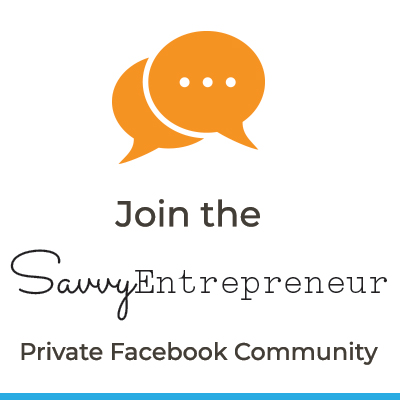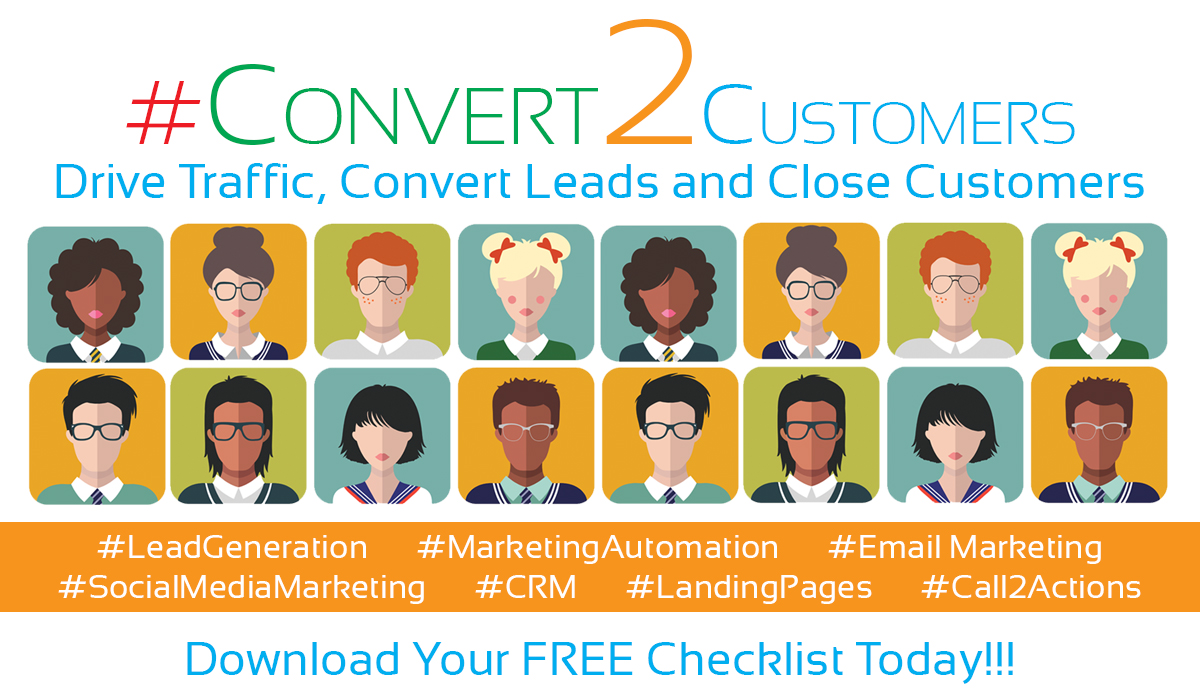All businesses revolve around a single basic principle; there must be a supplier and consumer. The target markets may be the general public or another business. They may be a broad cross-section of humanity or a very specific niche market. Likewise, the supplier may provide virtually any goods or services. It can be something as universal like toothpaste or washing liquid, or something as niche as a dating app for the gluten intolerant (no, seriously, that exists). One party has something that the other party wants and money is exchanged for that commodity.
A universal truth in any market, whether it’s a bespoke holiday package or wholesale swimsuit manufacture, is that the product or service must fill the customer’s needs. And when we fail to address the wants and needs of our customers, we can expect there to be consequences. Of course, when going into business, one is fairly well attuned to the needs of their target market. They will have a very specific idea of the kind of consumer profile they wish to engage before they start.
But I’ve Done My Market Research!
Market research is a fundamental part of starting up any business. It’s vital in quantifying the consumer demand for the products and services you offer. The trouble is that it’s all-too-tempting to think of market research as a “one and done” activity. Something that needs to be considered only when formulating your business. Innovations and stylistic trends in your industry will inevitably drive consumer tastes and therefore the dynamics of consumer behavior.
Thus, market research should be woven into the fabric of your operations. It is an intrinsic component in keeping your business agile and responsive in an ever-shifting cultural and technological landscape. How you choose to conduct your market research is up to you. However, if you fail to keep using it to inform your operations, products, and branding it could have unflattering consequences. Many businesses have failed to know their markets which have led to negative impacts on their enterprises.
Wasted Time, Effort and Resources in Marketing Campaigns
The days of a “spray and pray” approach to marketing campaigns are over. There’s simply no excuse to waste money, effort and time on marketing campaigns that target the wrong people. The digital age offers us great tools like geofencing marketing to deliver content to specific audiences. This ensures that your message gets in front of the right people and that your conversion rates soar.
When you know your target market’s needs, and their ever-changing demographics, you can deliver laser-focused content. In addition, it will ensure you offer enticing deals to the people who need your business most.
Tone Deaf Marketing Campaigns
There are few things more embarrassing than spending a great deal of time and effort on a marketing campaign only for it to land with a resounding clunk. Failing to keep in touch with the needs and tastes of your target audience can lead to failed marketing campaigns. Even the giant brands can sometimes be guilty of this. Remember that abysmal Pepsi ad with Kendall Jenner last year? Or the spectacularly misjudged Nivea skincare ad that bore the slogan “White is purity!”. Sure, we may gape at how nobody realized how misjudged these campaigns were until the very last moment, but there are many less high profile failures. Campaigns that may not have shocked, offended or incensed but simply failed to land with their target markets due to insufficient research.
Embarrassingly Unpopular Products
A misjudged marketing campaign can be difficult to bury, but a misjudged product can be an absolute nightmare. Not only are enormous resources invested in the research, development, manufacture, and launch of these products, when they fail to resonate with our target markets they can sit on the shelves untouched for months or even years. A glaring reminder of our failures into which our cash flow is tied.
Again, even the biggest brands have had their embarrassing flops. Whether it’s Nokia’s poor doomed N-Gage (a mobile phone that was also a games console), a lip balm that tastes like Cheetos, the “New Coke” debacle of the ‘80s or the “this sounded like a good idea on paper” Google glass from just a few years back.
The better you know your market and involve them in the research and development phase the better insulated you are against product blunders.
Obsolescence
Of course, it’s not just consumer trends, culture and evolving matters of taste that are important considerations in business. Businesses of all shapes and size need to be cognizant of technological changes and innovations in their industries. These changes might have an impact on consumer behavior.
One needs no better example of this than Blockbuster Video who went from entertainment giant to cautionary tale when it failed to spot emerging market trends. By failing to move to the streaming model that saw its competitor Netflix become an entertainment behemoth, Blockbuster allowed itself to become obsolete. While all of its corporate stores have since closed, the good news is that there is still a single independently run franchise store in Bend, Oregon which is the last of its kind in the continental US. Business there is still booming, however, which just goes to show that there are still some demographics who value novelty!
Be sure to hop into the Savvy Entrepreneur Private Facebook Community to collaborate, learn and grow with your fellow entrepreneurs and business owners.
Similar Posts by Savvy Entrepreneur:
10 Income Reports by Entrepreneurs for Entrepreneurs
https://savvyentrepreneur.co/10-income-reports-by-entrepreneurs-for-entrepreneurs/
Get More Customers Using Your Website, Email Marketing, and Social Media
https://savvyentrepreneur.co/get-more-customers-using-website-email-marketing-social-media/
Mastermind Groups for Entrepreneurs Foster Accountability
https://savvyentrepreneur.co/mastermind-groups-for-entrepreneurs-foster-accountability/
This is a Collaborative Post








